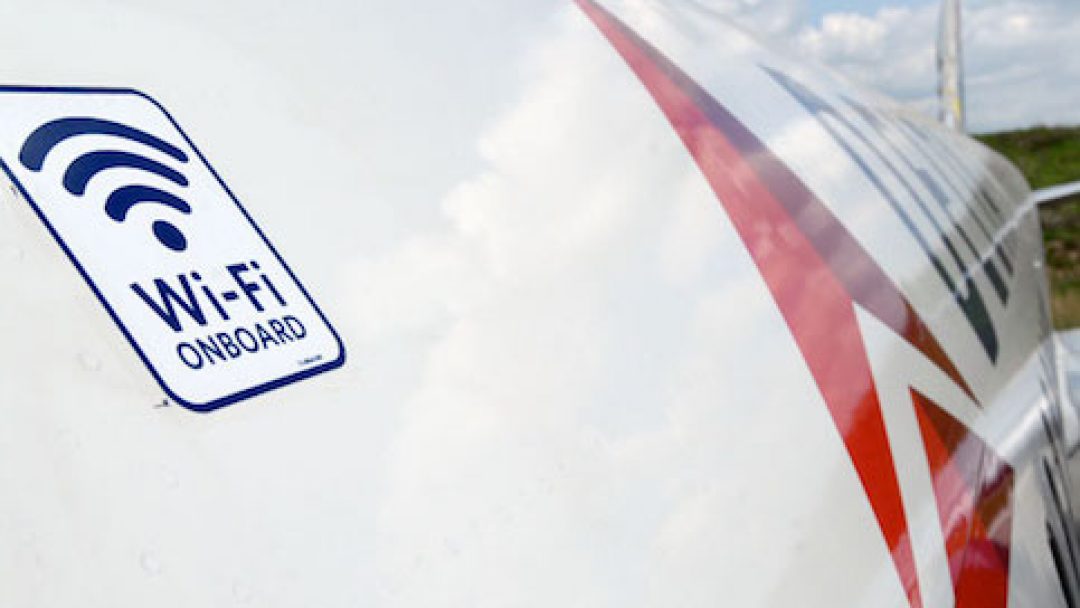Privacy and network security is definitely an important issue at hand— especially for those who use in-fight Internet services. Though public Wi-Fi has been plagued with the constant threat of hackers, in-flight internet provides such great convenience during extended flight times that people often overlook the threat of serious damage occurring— everything from having credit card information being stolen to having private emails leaked.
This threat becomes more and more prevalent as a greater number of airlines have begun offering in-flight Internet. And though the concept is a good one, the fact that these network connections are often unprotected and easily hackable makes them severely unreliable in terms of security and privacy.
However, not all hope is lost when it comes to safely and effectively utilizing public, in-flight internet. For starters, individuals connecting to any network source have the option of labeling that network as either being a “home network” or a “public network.” When using in-flight internet, it is imperative that users click on the connection as being a public network, thereby making sure the device being used is not detectable from other devices that are connected to the same network.
In line with this, many people are now starting to use VPNs (Virtual Private Networks) to ensure network connectivity is masked and that any flow of information between a device and the network is kept private, and that the IP address of the device is also kept private. Needless to say, not all VPNs are created equally, as some do amore remarkable job of keeping the flow of information safe and undetectable. However regardless which VPN service is used, using any VPNS service is better than not using one at all.
Through the use of VPNS and utilizing public, in-flight Internet in a way that does not transmit personal information, is the best way to stay safe when utilizing in-flight internet.







